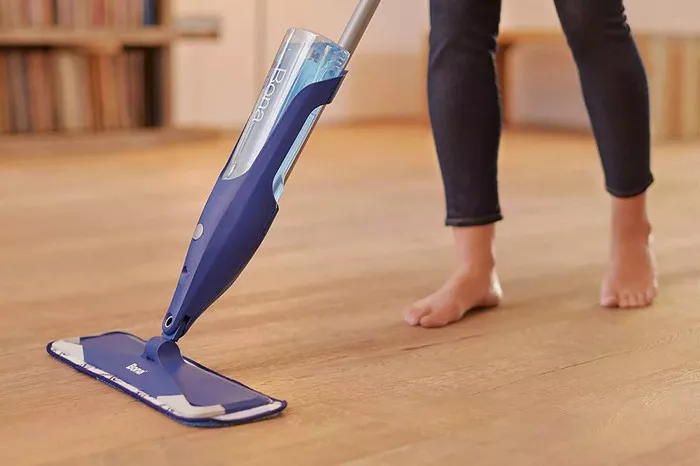Maintaining clean and hygienic floors is essential for creating a safe and pleasant environment in any space, be it a home, office, or industrial facility. Among the various floor cleaning methods available, mopping and scrubbing stand out as two primary techniques. While both aim to achieve clean floors, they differ significantly in their approach and effectiveness. In this article, we will delve into the differences between mopping and scrubbing, exploring their respective methods, tools, efficiency benefits, and impact on cleanliness and safety. By understanding these distinctions, you can make informed decisions about the most suitable floor cleaning method for your specific needs, whether it’s routine maintenance in a small space or deep cleaning in a large industrial facility.
Method Comparison
Cleaning floors is an essential task in any environment, whether it’s a home, office, or industrial setting. Among the various methods available, mopping and scrubbing stand out as two popular techniques. While both aim to achieve clean and hygienic floors, they employ different approaches to achieve this goal.
Mopping vs. Scrubbing: At its core, mopping involves the manual application of a wet mop to remove dirt and stains from the floor surface. On the other hand, scrubbing utilizes specialized floor scrubber machines equipped with rotating brushes and high-pressure water jets to deep clean and dislodge stubborn grime.
Tools and Equipment
Mopping: The traditional mopping method requires basic tools—a mop and a bucket filled with water and cleaning solution. This simple setup is effective for routine cleaning tasks in smaller areas.
Scrubbing: In contrast, scrubbing employs advanced equipment—a floor scrubber machine. These machines come in various sizes and configurations, but they typically feature rotating brushes or pads and a built-in water tank for dispensing cleaning solution.
Efficiency and Time-Saving Benefits
Floor Scrubbers: One of the key advantages of using floor scrubbers is their efficiency in covering larger floor areas in significantly less time compared to manual mopping. Real-life examples have demonstrated that employing floor scrubbers can cut cleaning time by up to 50%. This makes them ideal for commercial and industrial spaces where time is crucial, allowing for faster turnaround and increased productivity.
Cleaning Effectiveness and Hygiene
Superior Cleaning: Floor scrubbers are renowned for their superior cleaning effectiveness. By utilizing rotating brushes and high-pressure water jets, they can effectively dislodge dirt, stains, and grime from the floor surface. In contrast, mops often push dirt around, resulting in incomplete cleaning. This level of effectiveness is particularly crucial in industries such as healthcare, food processing, and education, where maintaining high levels of cleanliness and hygiene is paramount.
Safety and Dry Floors
Minimizing Risks: A significant concern with traditional mopping is the potential for leaving floors wet and slippery, increasing the risk of slip-and-fall accidents. Floor scrubbers address this issue by ensuring dry, safe surfaces. These machines are designed to effectively suck up dirty water during the cleaning process, leaving floors clean and dry—a crucial aspect for maintaining a safe working environment.
Employee Morale and Productivity
Positive Impact: The introduction of floor scrubbers positively impacts employee morale and productivity. Manual mopping can be laborious and monotonous, leading to dissatisfaction among cleaning staff. By automating the cleaning process with scrubber machines, employees are freed from the repetitive task of mopping, leading to improved morale and increased productivity. Moreover, employees feel valued when provided with advanced equipment that makes their jobs easier and more efficient.
Cross-Contamination Prevention
Hygienic Environment: Floor scrubbers play a vital role in minimizing cross-contamination—a common concern in environments where hygiene is paramount. These machines effectively remove dirt and debris without transferring them to other areas, thus maintaining a hygienic and safe environment. This is particularly crucial in settings such as hospitals, laboratories, and food processing facilities, where the spread of contaminants can have serious consequences.
Conclusion
In conclusion, while both mopping and scrubbing are floor cleaning methods, they differ significantly in terms of technique, tools, efficiency, and effectiveness. Floor scrubbers emerge as the superior choice for achieving clean, hygienic, and safe floors, particularly in commercial and industrial settings where time, hygiene, and employee morale are of utmost importance. By understanding the differences between these methods and harnessing the benefits of floor scrubbers, businesses can elevate their floor cleaning practices and create a cleaner, safer, and more productive environment for all.

